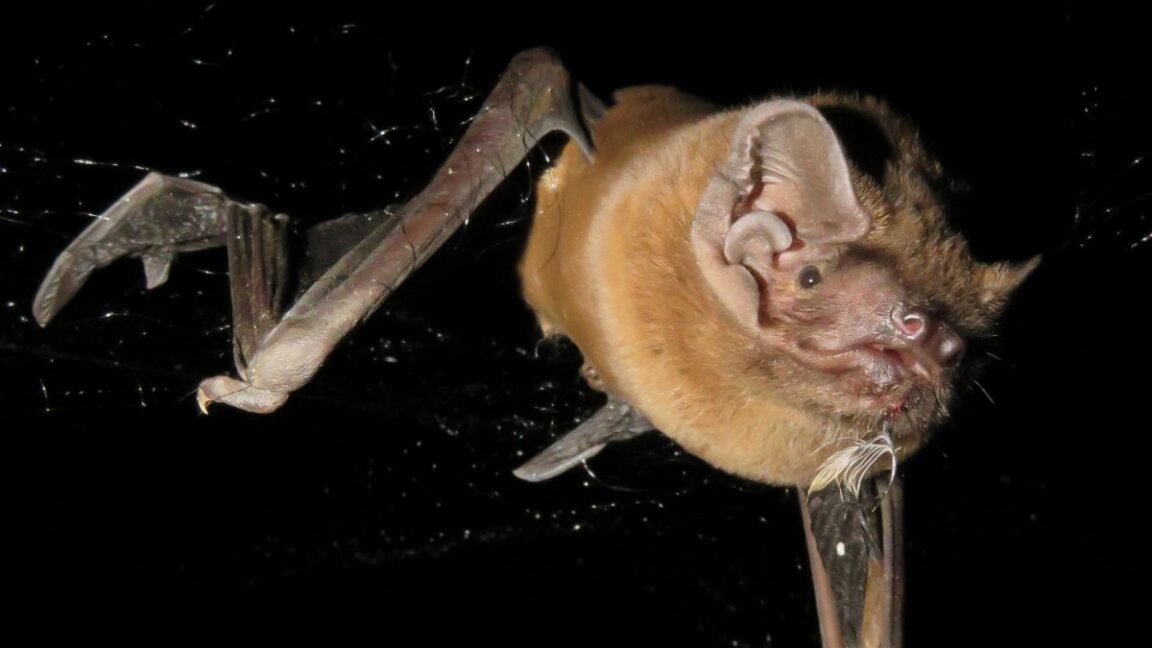
"There are three species of bats that eat birds. We know that because we have found feathers and other avian remains in their feces. What we didn't know was how exactly they hunt birds, which are quite a bit heavier, faster, and stronger than the insects bats usually dine on. To find out, Elena Tena, a biologist at Doñana Biological Station in Seville, Spain, and her colleagues attached ultra-light sensors to Nyctalus Iasiopterus, the largest bats in Europe. What they found was jaw-droppingly brutal."
"Nyctalus Iasiopterus, otherwise known as greater noctule bats, have a wingspan of about 45 centimeters. They have reddish-brown or chestnut fur with a slightly paler underside, and usually weigh around 40 to 60 grams. Despite that minimal weight, they are the largest of the three bat species known to eat birds, so the key challenge in getting a glimpse into the way they hunt was finding sensors light enough to not impede the bats' flight."
"In recent years, the technology and miniaturization finally caught up with Tena's needs, and the team found the right sensors for the job and attached them to 14 greater noctule bats over the course of two years. The tags used in the study weighed around four grams, could run for several hours, and registered sound, altitude, and acceleration."
Three bat species consume birds, confirmed by feathers and avian remains in bat feces. Birds are heavier, faster, and stronger than insects that bats normally hunt, posing a hunting challenge. Greater noctule bats (Nyctalus Iasiopterus) are the largest European species, weighing about 40–60 grams with a roughly 45-centimeter wingspan. Camera systems and heavy batteries are unsuitable for recording nocturnal bat hunts. Ultra-light tags weighing about four grams registered sound, altitude, and acceleration and operated for several hours. Fourteen greater noctule bats carried these tags over two years, producing detailed behavioral data that revealed unexpectedly brutal nocturnal bird-hunting tactics.
Read at Ars Technica
Unable to calculate read time
Collection
[
|
...
]